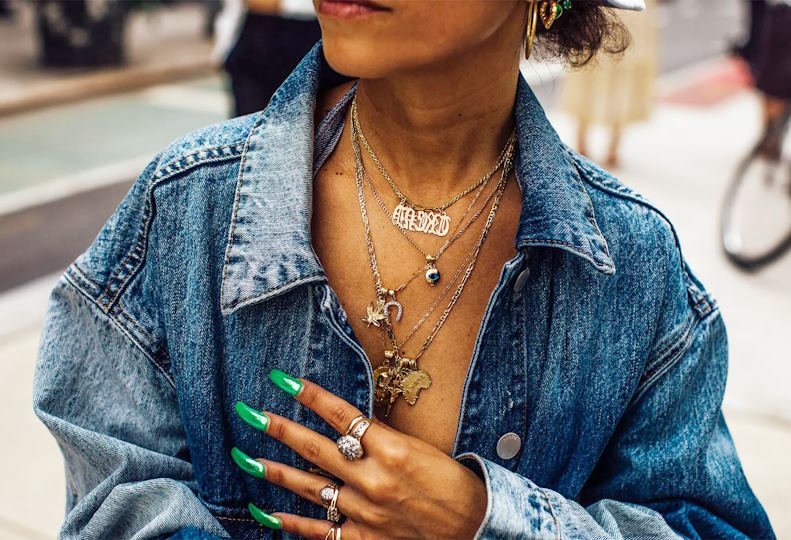
Jewelry has long been celebrated as a means of self-expression and adornment. Whether it’s a delicate necklace, a stack of bracelets, or statement earrings, the choices we make in our jewelry selections often reflect our personal style and taste. One trend that continues to gain popularity is the art of mixing metals. Done right, mixing metals can add depth, dimension, and visual interest to your look. However, it’s essential to navigate this trend with care to avoid fashion faux pas.
Dos of Mixing Metals
Understanding Complementary Metals
When it comes to mixing metals, understanding which ones complement each other is key. Begin by identifying warm and cool tones. Warm tones, such as gold and copper, tend to pair well with each other, while cool tones, such as silver and platinum, create a sleek contrast.
Layering Delicate Pieces
One of the easiest ways to incorporate mixed metals into your jewelry collection is through layering delicate pieces. Stackable rings, bracelets, and necklaces offer the perfect canvas for experimentation. Mix and match metals to create a curated look that is uniquely yours. By layering pieces of varying lengths and textures, you can add depth and dimension to your ensemble, elevating even the simplest of outfits.

Don’ts of Mixing Metals
Avoiding Excessive Mixing
While mixing metals can add visual interest to your look, it’s essential to avoid going overboard. Too many metals can overwhelm the overall ensemble, leading to a cluttered and disjointed appearance. Instead, strive for balance and moderation. Choose one or two primary metals to anchor your look, then incorporate smaller accents of other metals for added dimension. This approach will create a cohesive and polished finish without overwhelming the eye.
Not Considering Skin Undertones
When mixing metals, it’s crucial to consider your skin undertones. Certain metals may complement or clash with your skin tone, affecting the overall look of your jewelry ensemble. For example, those with warm undertones may find that gold and copper metals complement their complexion, while those with cool undertones may prefer silver and platinum. To determine which metals suit you best, consider testing them against your skin to see how they interact.

Steer Clear of Clashing Styles
When mixing metals, it’s essential to consider the overall style of your jewelry pieces. Mixing vintage and modern metals, for example, can create a clash in aesthetics, resulting in an inconsistent and disjointed look. Instead, strive for consistency in design aesthetics. Choose pieces that share similar design elements, such as texture, shape, or motif, to ensure a harmonious and cohesive ensemble.
Tips for Successful Mixing of Metals
Considering the Occasion and Outfit
When mixing metals, it’s essential to consider the occasion and outfit you’ll be wearing. Tailor your jewelry choices to suit the setting and attire, opting for pieces that complement rather than compete with your overall look. For formal occasions, stick to a more refined and understated approach, while for casual outings, feel free to experiment with bolder and more eclectic pieces.















